Home>Home Appliances>Kitchen Appliances>How To Boil Eggs In An Electric Kettle
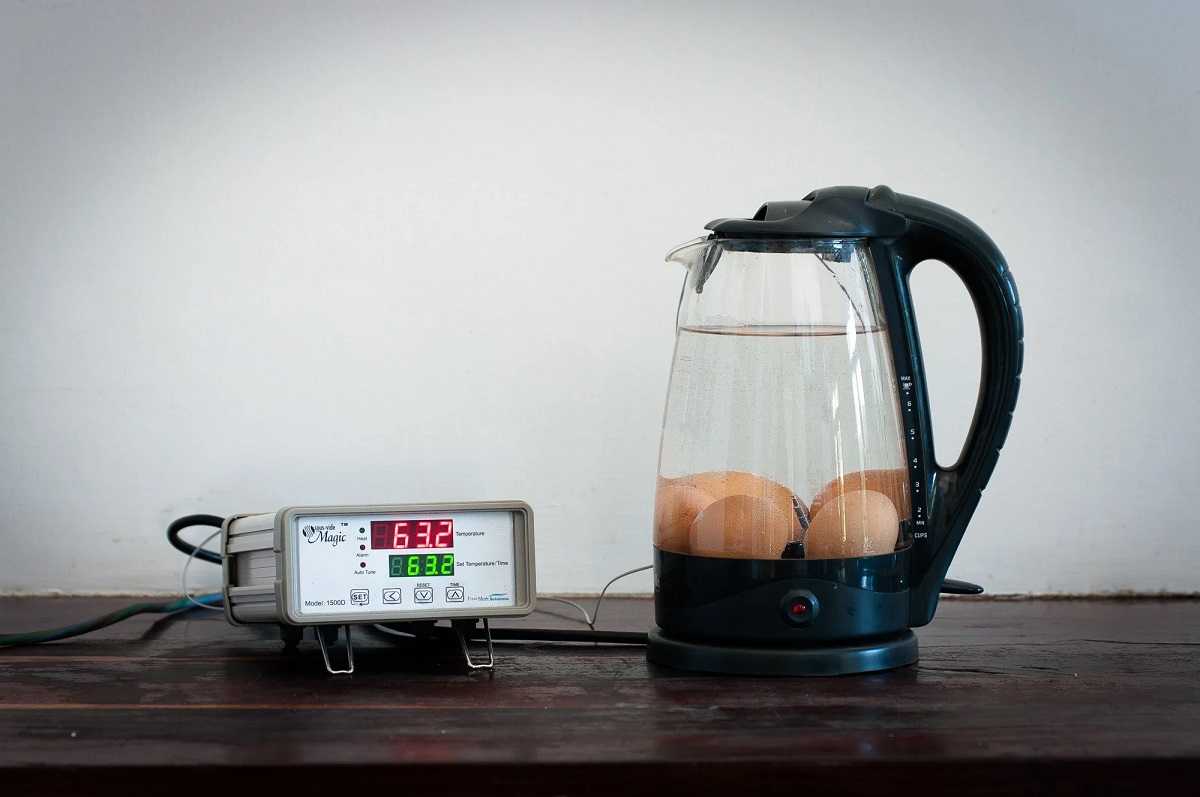

Kitchen Appliances
How To Boil Eggs In An Electric Kettle
Modified: February 18, 2024
Learn how to quickly and easily boil eggs using your electric kettle. Discover a convenient kitchen appliance hack for perfectly boiled eggs.
(Many of the links in this article redirect to a specific reviewed product. Your purchase of these products through affiliate links helps to generate commission for Storables.com, at no extra cost. Learn more)
Introduction
Welcome to the wonderful world of electric kettles and the versatile wonders they can bring to your kitchen. While electric kettles are typically used for boiling water, they can also be a surprisingly efficient tool for boiling eggs. This method is not only quick and convenient, but it also yields perfectly boiled eggs with minimal effort.
Whether you’re a busy professional, a college student, or a homemaker looking for a fuss-free way to prepare a quick and healthy snack, boiling eggs in an electric kettle can be a game-changer. In this article, we’ll explore the step-by-step process of boiling eggs in an electric kettle, from choosing the right kettle to cooling and peeling the eggs. By the end, you’ll be equipped with all the knowledge you need to embark on this egg-citing culinary adventure.
So, grab your electric kettle and a carton of eggs, and let’s dive into the egg-boiling journey that will revolutionize your kitchen experience!
Key Takeaways:
- Boiling eggs in an electric kettle is a quick, convenient, and efficient way to prepare perfectly cooked eggs with minimal effort, making it a game-changer for busy individuals and kitchen enthusiasts alike.
- Selecting the right electric kettle and properly preparing, boiling, cooling, and peeling the eggs are essential steps in mastering the art of using an electric kettle to boil eggs, unlocking a world of culinary possibilities and convenience.
Read more: How To Boil Eggs In An Electric Skillet
Choosing the Right Electric Kettle
When it comes to boiling eggs in an electric kettle, selecting the right kettle is the first step towards egg-boiling success. Here are a few key factors to consider when choosing an electric kettle for this purpose:
- Capacity: Opt for a kettle with a capacity that suits your needs. If you plan to boil multiple eggs at once, a larger kettle may be more suitable. However, if you typically boil just a few eggs at a time, a smaller kettle will suffice.
- Speed: Look for a kettle with rapid boiling capabilities. This will ensure that your eggs are cooked in a timely manner, making the entire process more efficient.
- Temperature Control: Some electric kettles offer variable temperature settings, allowing you to adjust the water temperature according to your preferences. While this feature is not essential for boiling eggs, it can add versatility to your kettle for other culinary endeavors.
- Durability: Choose a kettle made from durable materials, such as stainless steel or high-quality plastic. A robust kettle will withstand frequent use and provide long-term reliability.
- Safety Features: Prioritize kettles with built-in safety features, such as automatic shut-off and boil-dry protection. These mechanisms enhance the overall safety of the egg-boiling process.
Before making a purchase, it’s beneficial to read product reviews and compare different models to find an electric kettle that aligns with your specific requirements. Once you’ve selected the perfect kettle, you’ll be well on your way to mastering the art of boiling eggs with ease and efficiency.
Preparing the Eggs
Before immersing the eggs in the electric kettle, it’s essential to prepare them for the boiling process. Follow these steps to ensure that your eggs are ready for a seamless cooking experience:
- Choose Fresh Eggs: Select fresh eggs for boiling, as they tend to peel more easily after cooking. While older eggs are ideal for certain culinary applications, such as hard-boiled eggs, fresh eggs are preferable for boiling in an electric kettle.
- Inspect for Cracks: Carefully examine each egg to check for any hairline cracks or imperfections on the shell. Cracks can lead to leakage during boiling, so it’s crucial to use eggs that are free from damage.
- Allow Eggs to Reach Room Temperature: For optimal results, allow the eggs to come to room temperature before boiling. This can help prevent the shells from cracking when they are immersed in hot water.
- Wash the Eggs: Before placing the eggs in the kettle, give them a gentle rinse under running water to remove any dirt or debris that may be present on the shells.
- Consider Egg Piercing: While not mandatory, some individuals prefer to pierce the wider end of the eggs with a pin or egg piercer before boiling. This can help prevent the shells from cracking during the cooking process.
By following these preparatory steps, you’ll set the stage for a successful egg-boiling venture. With your eggs carefully inspected and prepped, you’re now ready to embark on the next phase: boiling the eggs in your trusty electric kettle.
To boil eggs in an electric kettle, place the eggs in the kettle, cover them with water, and turn on the kettle. Once the water boils, let the eggs sit in the hot water for 10-12 minutes for hard-boiled eggs, or 4-5 minutes for soft-boiled eggs. Then, remove the eggs and place them in cold water to stop the cooking process.
Boiling the Eggs
Now comes the exciting part—boiling the eggs in your electric kettle. This process is remarkably straightforward and efficient, allowing you to achieve perfectly boiled eggs with minimal effort. Here’s a step-by-step guide to boiling eggs in an electric kettle:
- Add Water to the Kettle: Begin by filling the electric kettle with enough water to fully submerge the eggs. Be mindful not to overfill the kettle, as excessive water may lead to spillage during boiling.
- Place the Eggs in the Kettle: Gently lower the prepared eggs into the kettle, ensuring that they are fully immersed in the water. It’s best to add the eggs once the water is already in the kettle to prevent potential breakage from the impact of dropping them into an empty vessel.
- Switch on the Kettle: Turn on the electric kettle and allow the water to come to a rolling boil. The rapid boiling action will gently cook the eggs to perfection within a matter of minutes.
- Monitor the Boiling Process: Keep an eye on the kettle as the water reaches a vigorous boil. Once the water is boiling, set a timer based on your desired level of egg doneness. For soft-boiled eggs, aim for approximately 4-6 minutes, while hard-boiled eggs may require 8-10 minutes of boiling.
- Switch off the Kettle: Once the eggs have boiled for the specified duration, switch off the electric kettle and carefully remove the eggs using a spoon or tongs. Exercise caution, as the eggs and kettle will be hot.
With these simple steps, you’ll have successfully boiled eggs using your electric kettle. The speed and efficiency of this method make it an ideal solution for busy individuals seeking a quick and hassle-free way to prepare nutritious and delicious boiled eggs.
As the eggs emerge from the boiling water, their shells glistening with condensation, you’re now ready to proceed to the next phase: cooling and peeling the eggs to reveal their perfectly cooked interiors.
Cooling and Peeling the Eggs
After the eggs have been boiled to perfection in your electric kettle, the next crucial steps involve cooling and peeling the eggs. These final stages are essential for ensuring that your boiled eggs are not only impeccably cooked but also effortlessly prepared for consumption. Let’s delve into the process of cooling and peeling the eggs with finesse:
- Cooling the Eggs: Upon removing the eggs from the electric kettle, transfer them to a bowl of ice water or run cold water over them for a few minutes. This rapid cooling process will halt the cooking and help the eggs maintain their desired consistency.
- Cracking and Peeling: Once the eggs have sufficiently cooled, gently tap each egg on a hard surface to create small cracks all over the shell. Submerge the cracked eggs back into the cold water, allowing it to seep under the shell and facilitate easier peeling.
- Peeling the Eggs: Begin peeling the eggs under a stream of running water or in the bowl of water, starting from the wider end where the air pocket is located. The water will aid in separating the eggshell from the egg whites, resulting in smoother and more effortless peeling.
- Rinsing and Final Preparation: Rinse the peeled eggs under running water to remove any lingering shell fragments. Once cleaned, your perfectly boiled and peeled eggs are now ready to be enjoyed as a wholesome snack, a protein-packed addition to salads, or as a vital ingredient in various culinary creations.
By following these steps, you’ll master the art of cooling and peeling boiled eggs, transforming them from hot, freshly cooked orbs into delectable, ready-to-eat delicacies. The ease and convenience of using an electric kettle for this purpose exemplify the versatility of this kitchen appliance, making it a valuable asset for your culinary endeavors.
With your newly acquired knowledge of boiling, cooling, and peeling eggs in an electric kettle, you’re well-equipped to elevate your culinary repertoire and savor the delights of perfectly prepared boiled eggs at any time.
Conclusion
Congratulations on embarking on the egg-boiling adventure with your trusty electric kettle as your culinary companion! In this article, we’ve explored the art of boiling eggs in an electric kettle, from choosing the right kettle to the final steps of cooling and peeling the eggs. By harnessing the power of this versatile kitchen appliance, you’ve unlocked a convenient and efficient method for preparing perfectly boiled eggs with minimal effort.
As you’ve discovered, the process begins with selecting an electric kettle that aligns with your needs, considering factors such as capacity, speed, and safety features. Once equipped with the ideal kettle, the preparatory steps for the eggs set the stage for a seamless cooking experience. From inspecting the eggs for cracks to allowing them to reach room temperature, these measures ensure that your eggs are primed for the boiling process.
Boiling the eggs in the electric kettle is a straightforward and rewarding endeavor, characterized by the rapid boiling action that swiftly transforms raw eggs into delectably cooked treasures. The simplicity of this method, coupled with the speed at which the eggs are ready, makes it an invaluable addition to your culinary repertoire. With the eggs boiled to perfection, the subsequent steps of cooling and peeling them bring the process to a satisfying conclusion, resulting in delectable, ready-to-eat treats.
By embracing the art of boiling eggs in an electric kettle, you’ve unlocked a world of culinary possibilities, from enjoying a quick and nutritious snack to incorporating boiled eggs into various dishes and recipes. The efficiency and convenience of this method underscore the adaptability of the electric kettle, showcasing its prowess beyond its traditional role of boiling water.
As you continue your culinary journey, remember that the electric kettle is not only a tool for convenience but also a gateway to culinary creativity and exploration. Whether you’re a busy professional seeking a quick and wholesome snack or an avid home cook looking to streamline your cooking processes, the electric kettle stands ready to elevate your culinary experiences.
So, with your electric kettle at the helm, embark on this egg-boiling adventure with confidence and enthusiasm. Let the simplicity and efficiency of this method enhance your kitchen endeavors, and savor the delightful rewards of perfectly boiled eggs at your fingertips.
Frequently Asked Questions about How To Boil Eggs In An Electric Kettle
Was this page helpful?
At Storables.com, we guarantee accurate and reliable information. Our content, validated by Expert Board Contributors, is crafted following stringent Editorial Policies. We're committed to providing you with well-researched, expert-backed insights for all your informational needs.
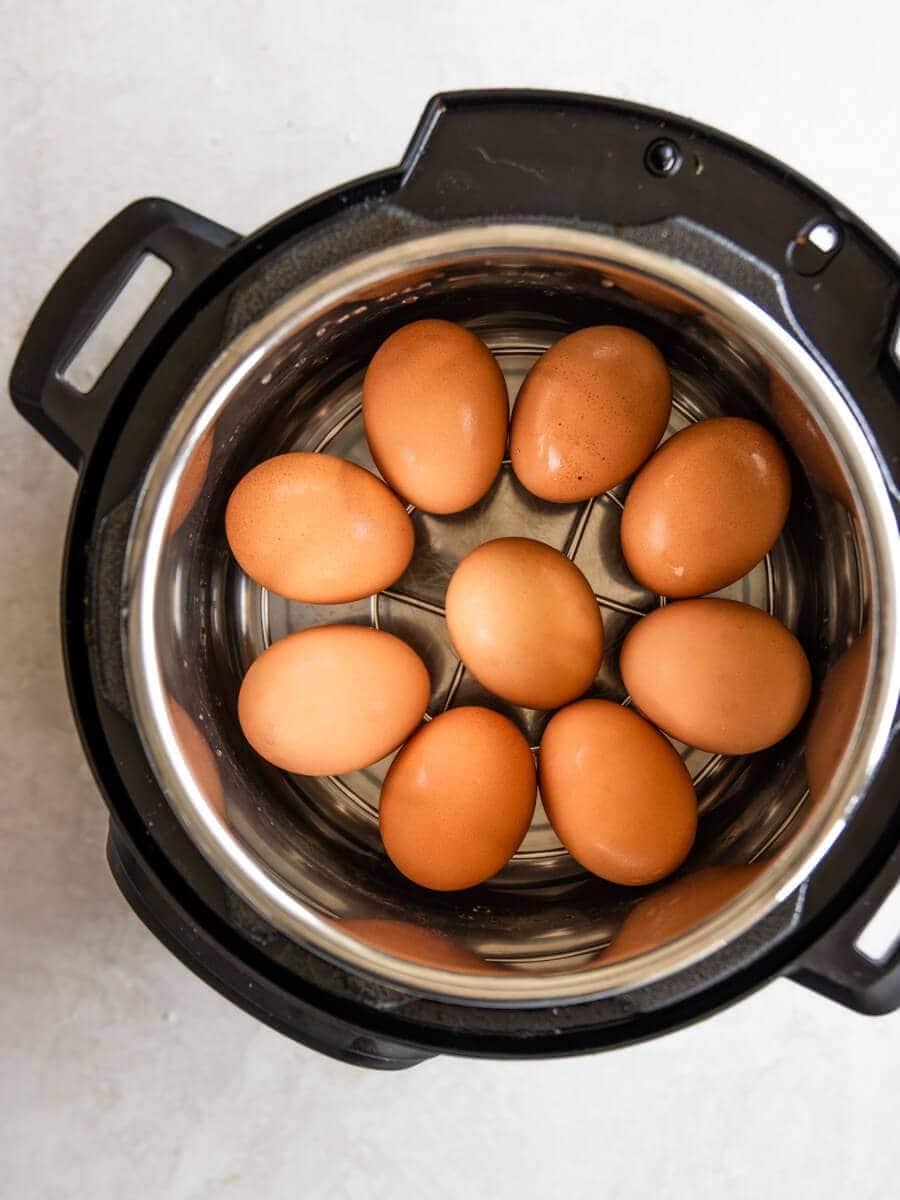
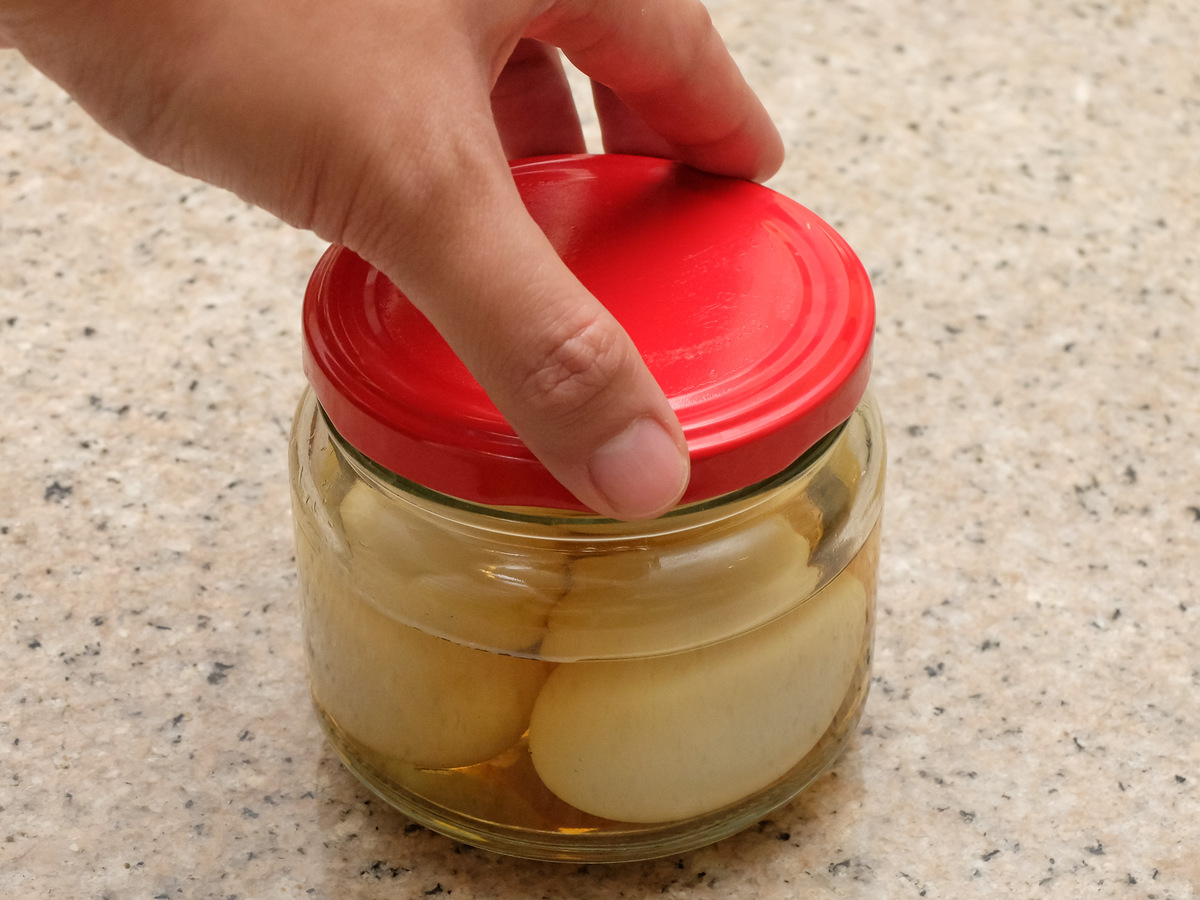
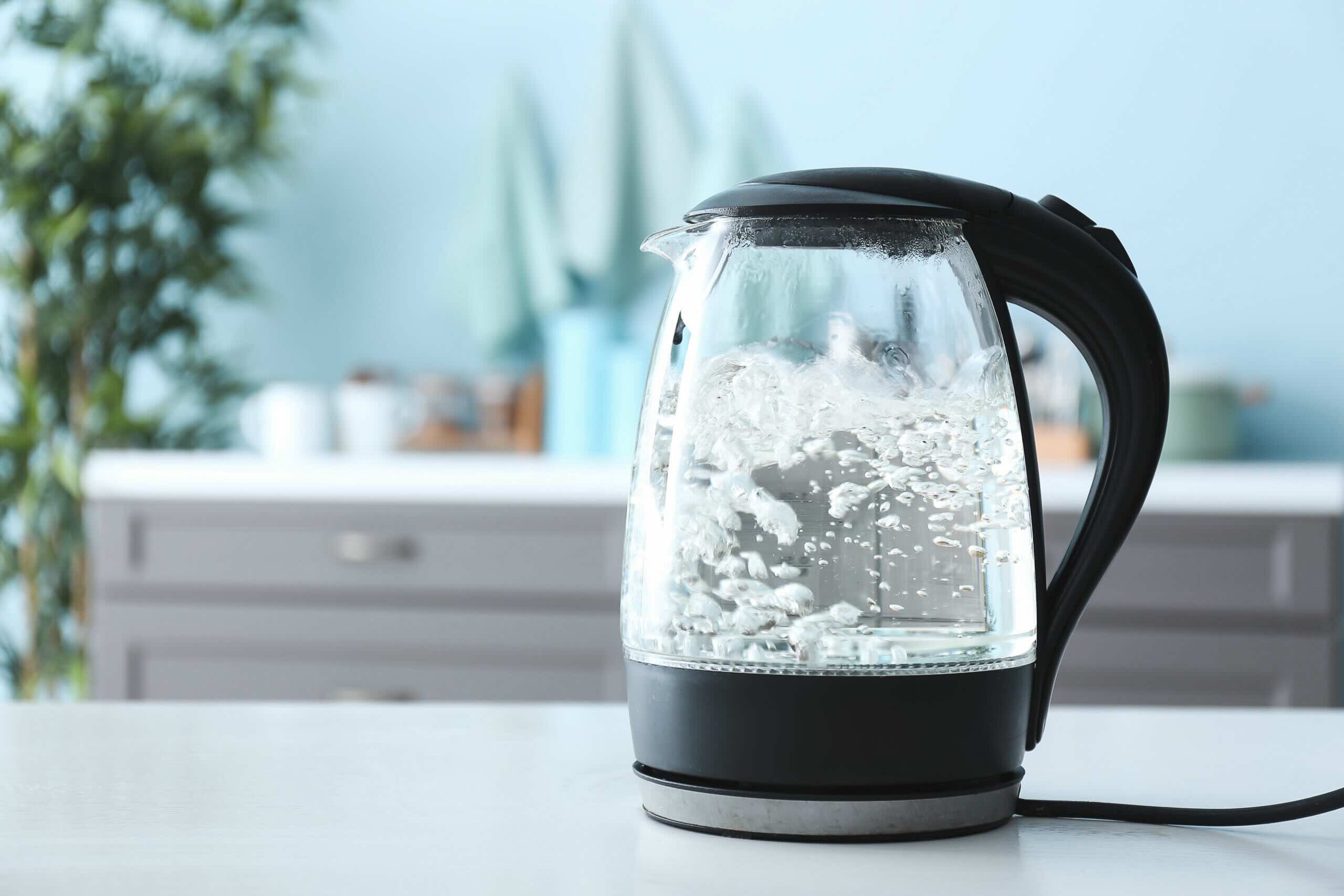
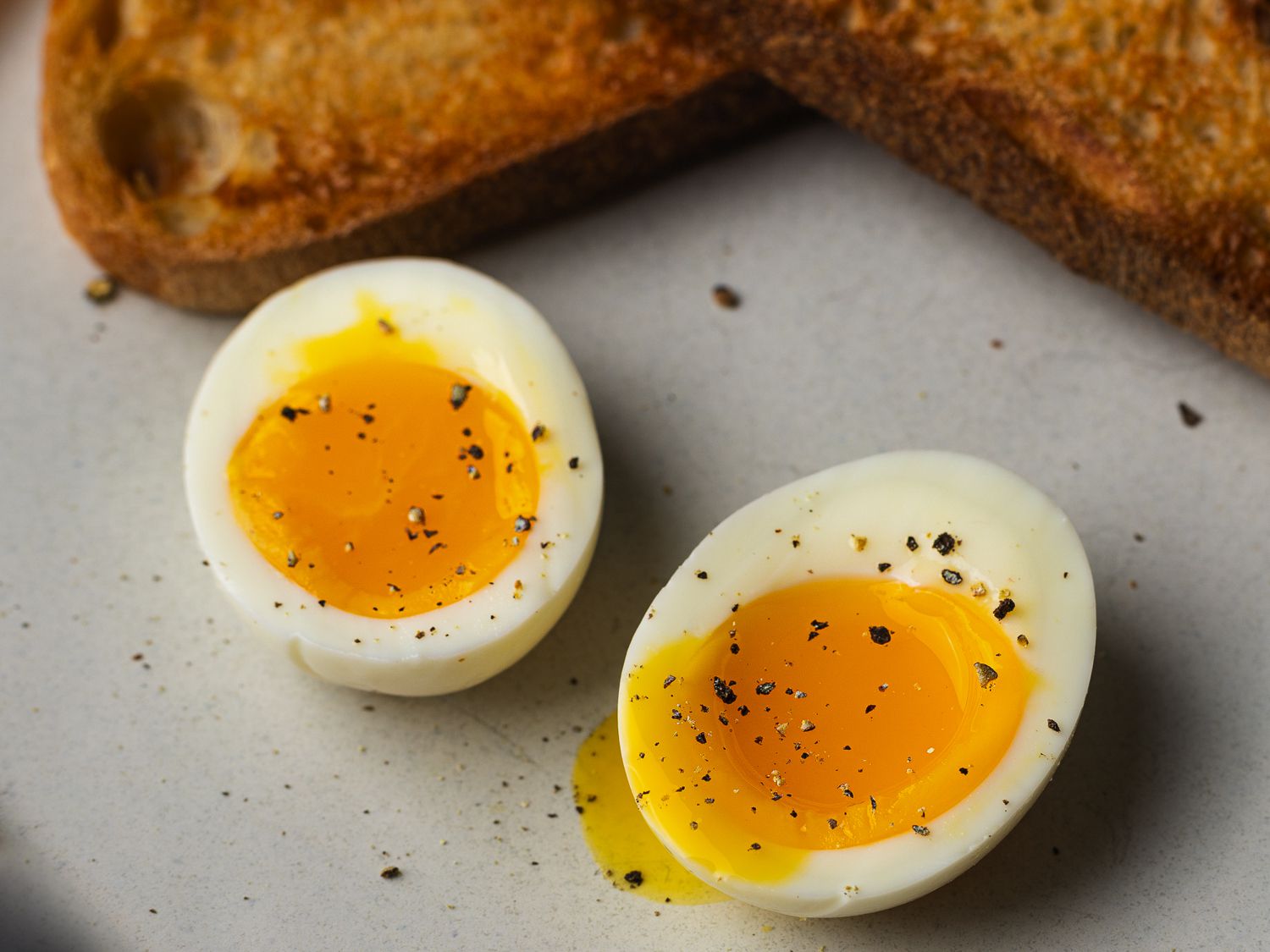
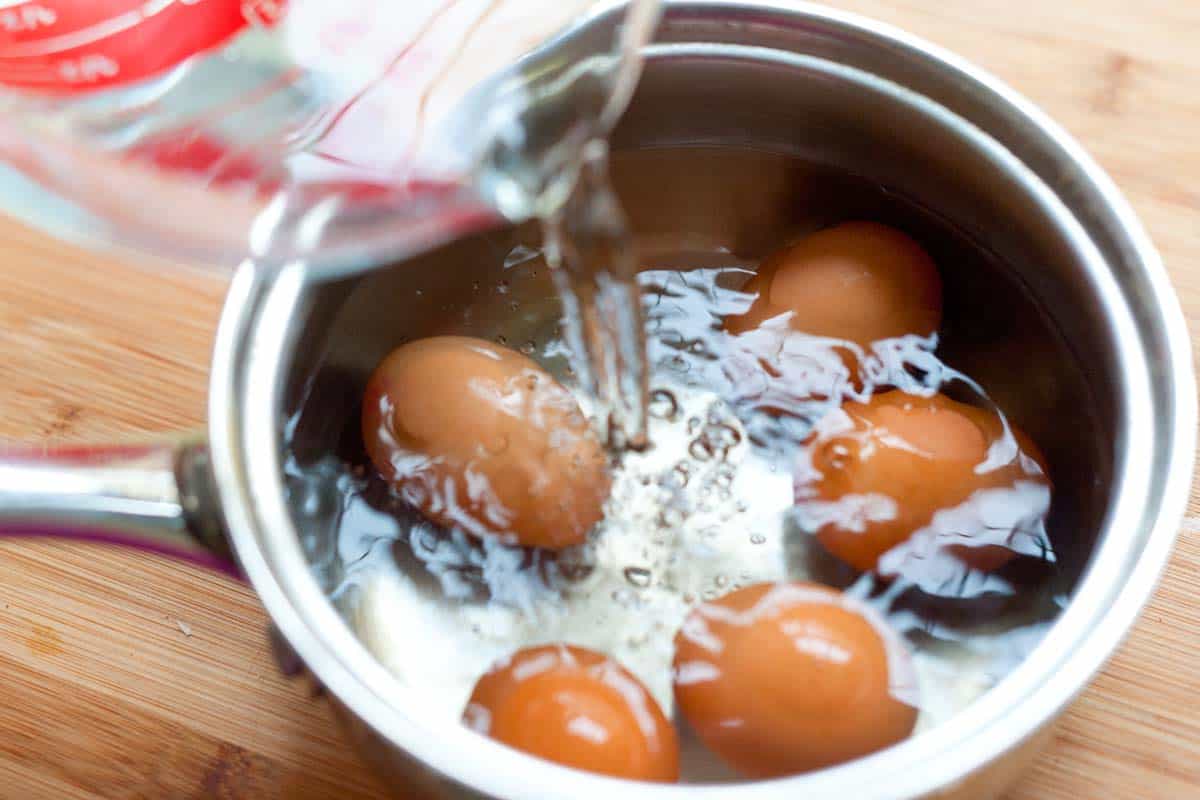

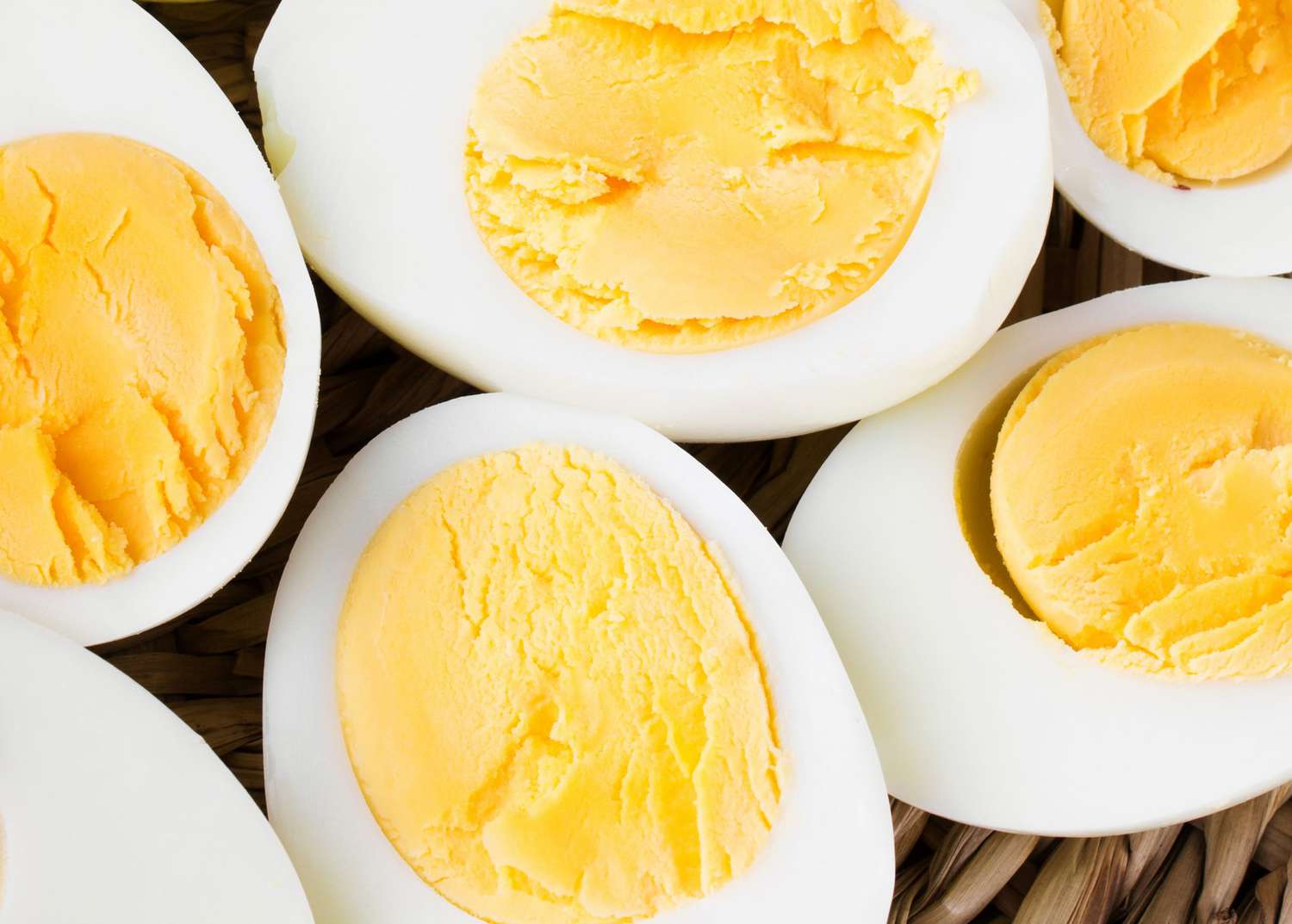
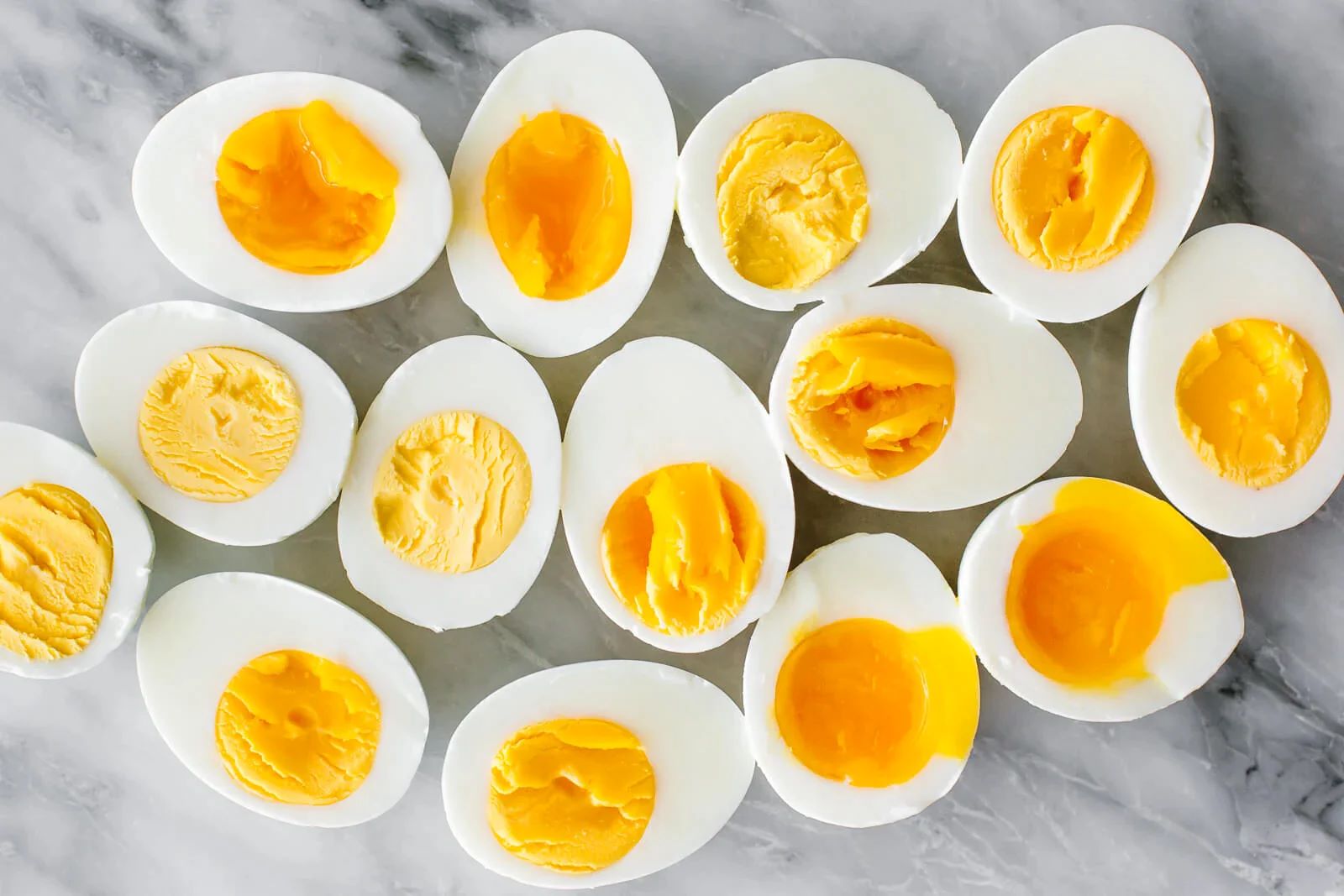
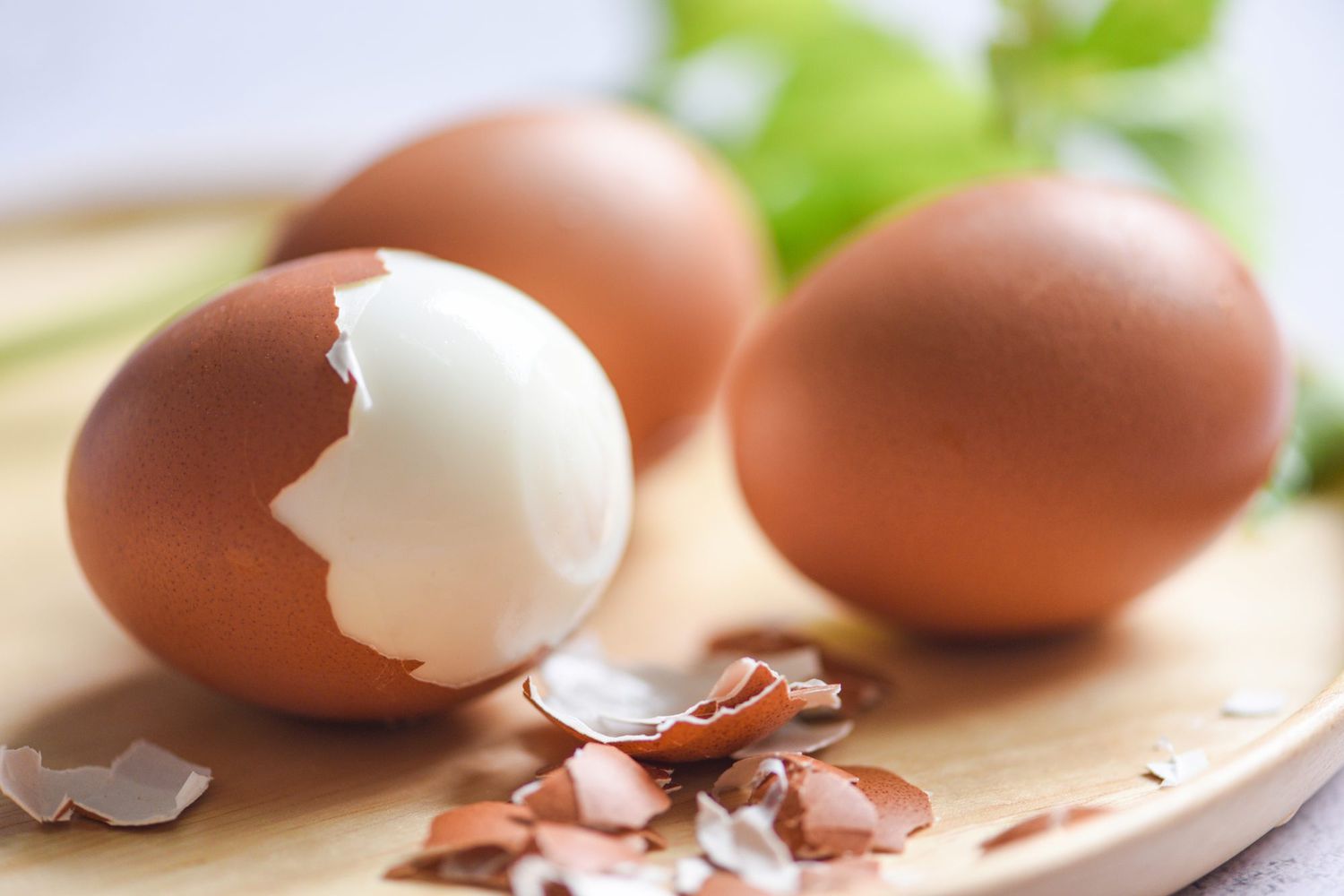
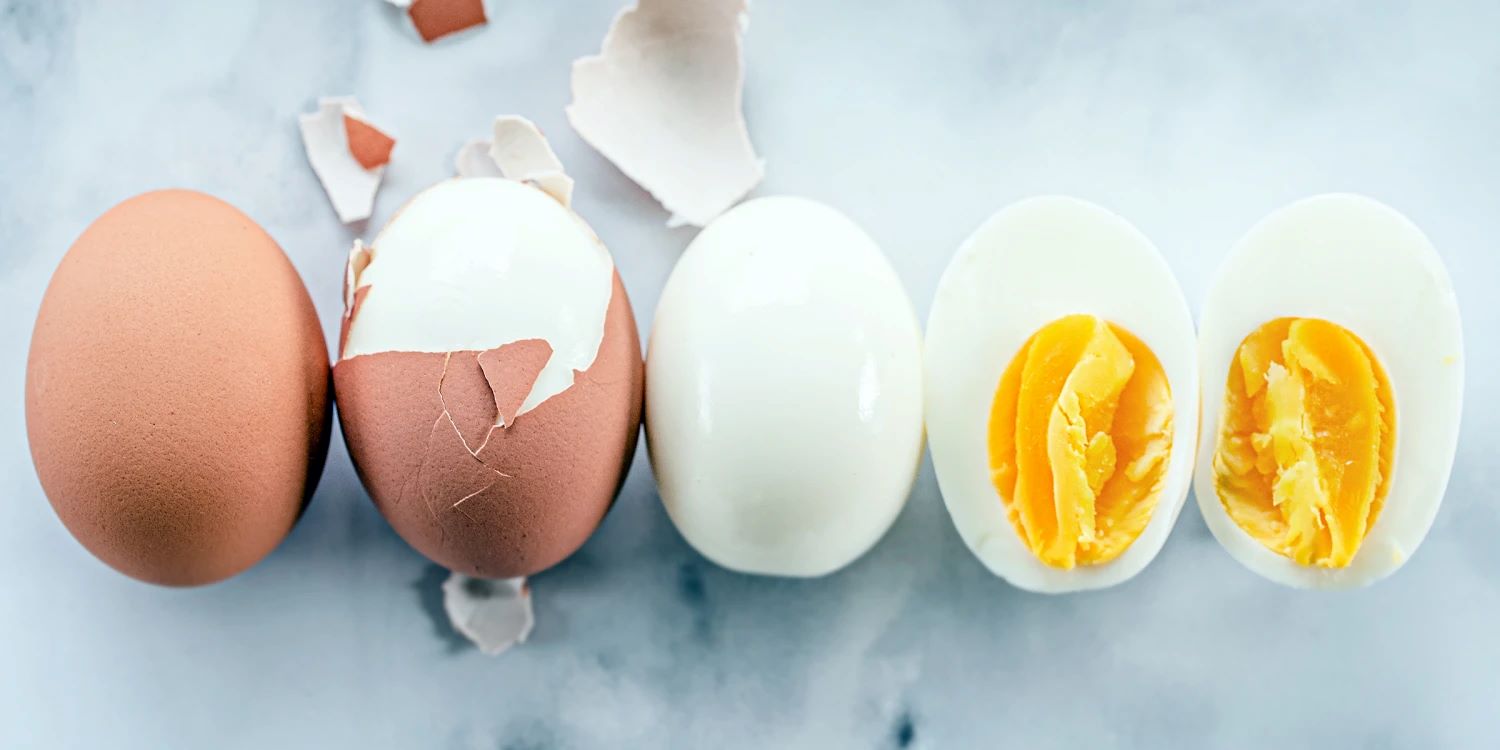
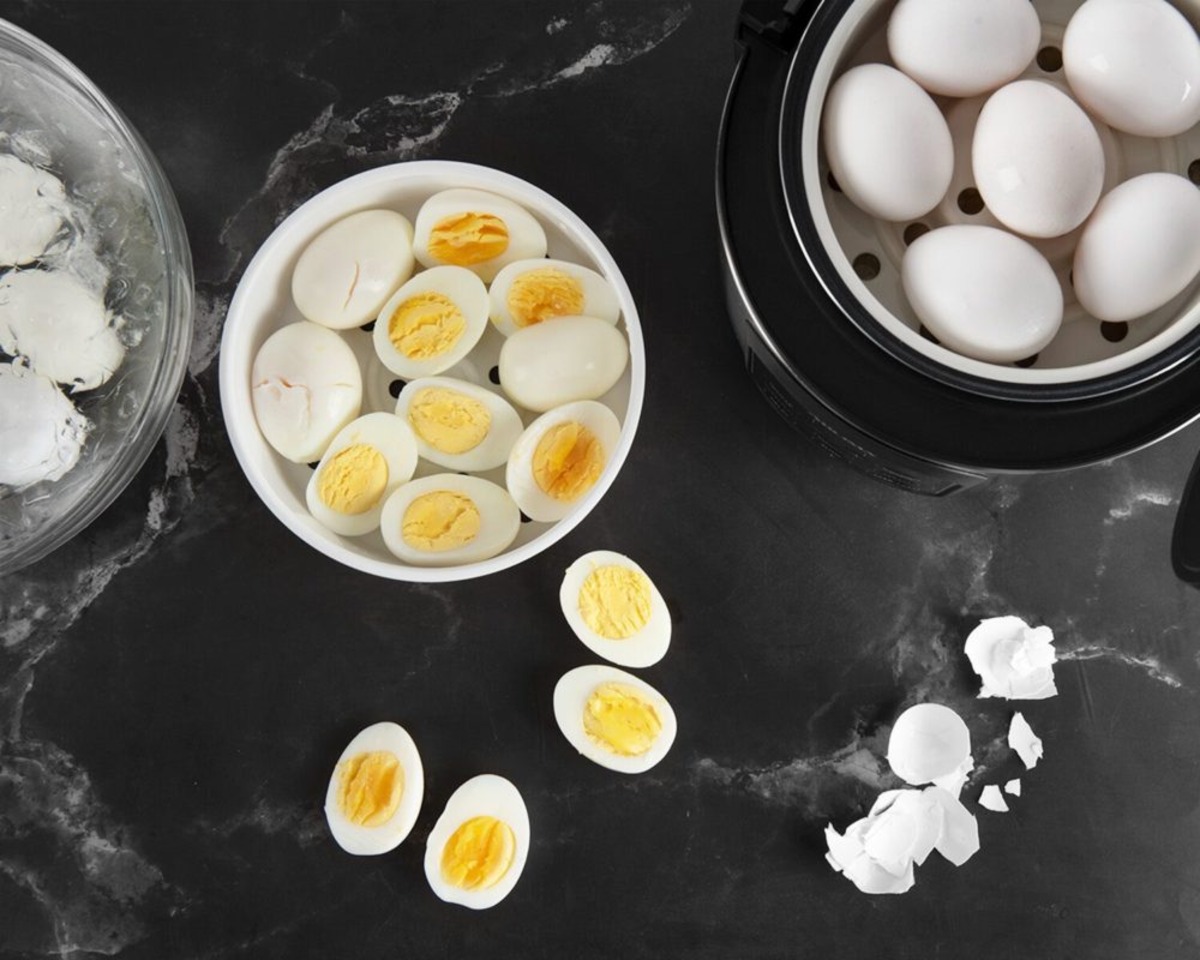
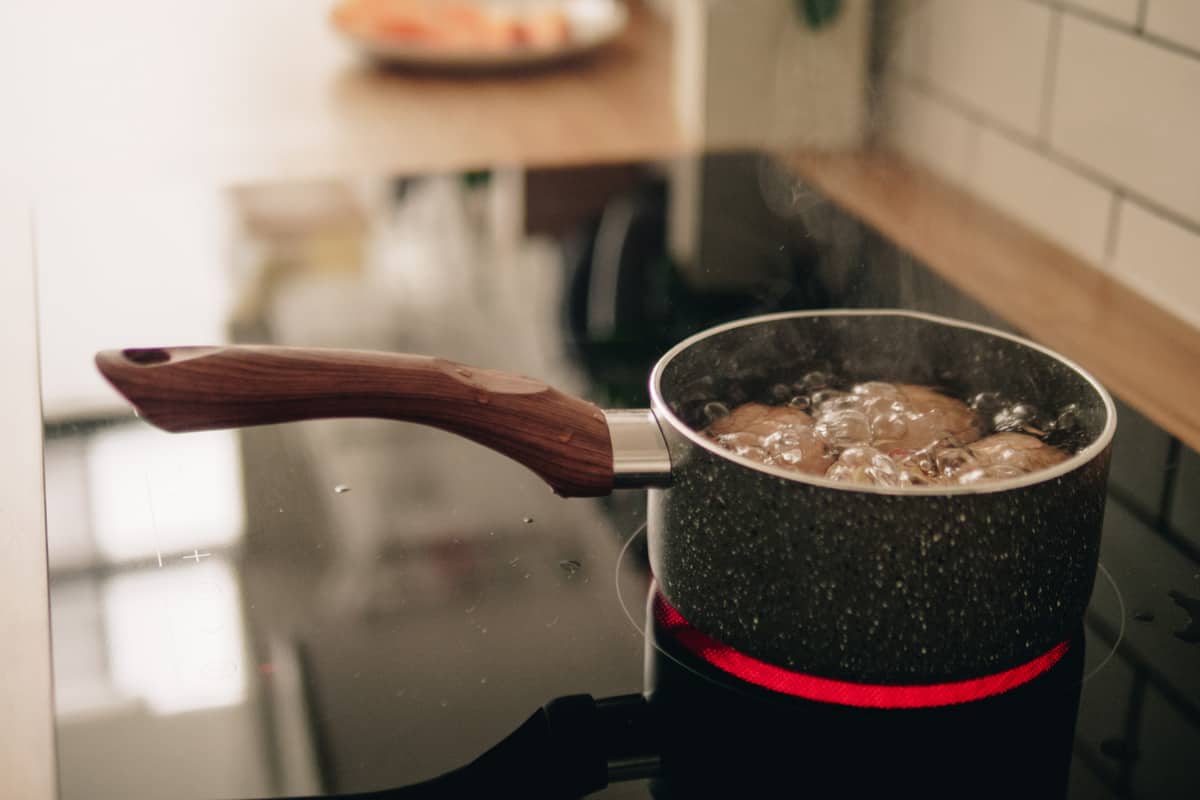
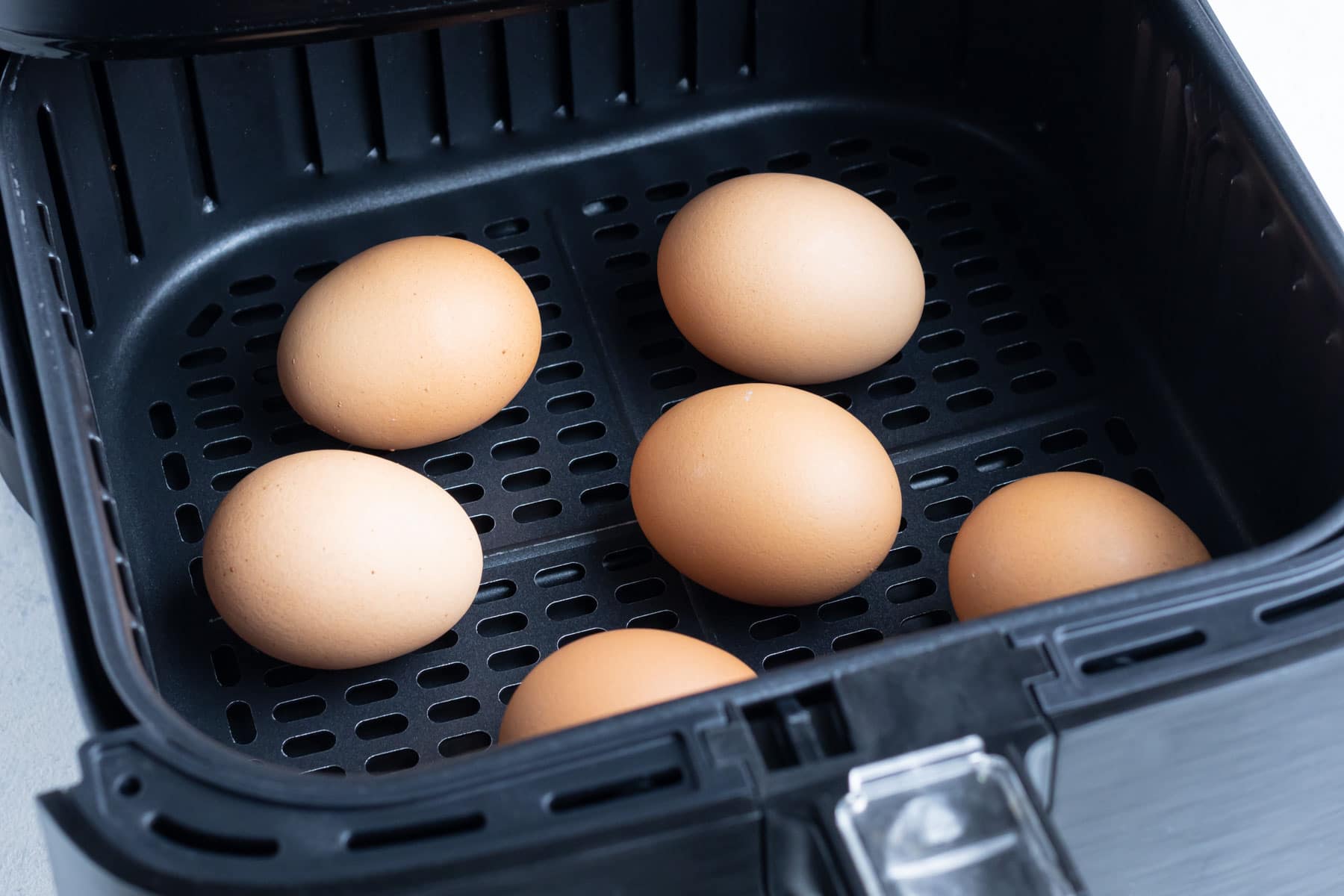
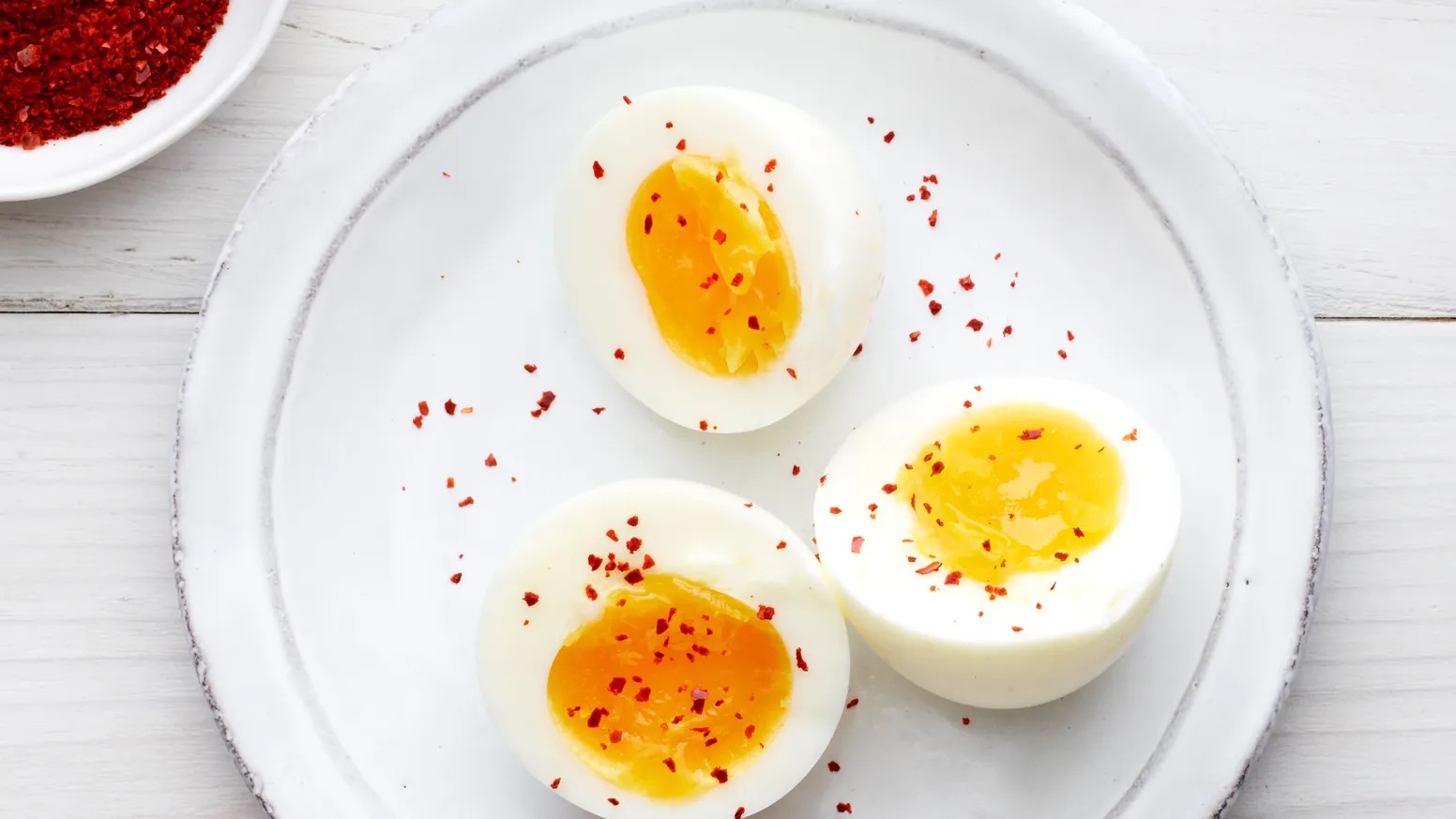

0 thoughts on “How To Boil Eggs In An Electric Kettle”